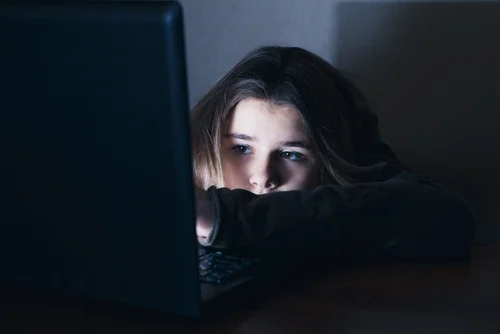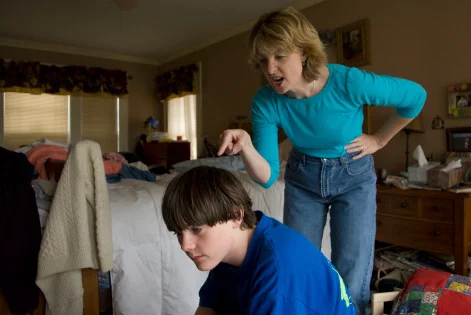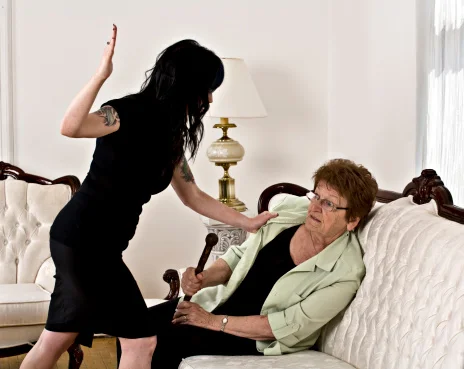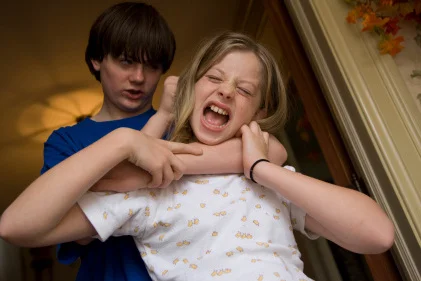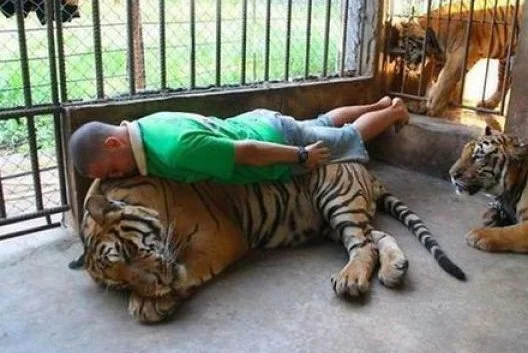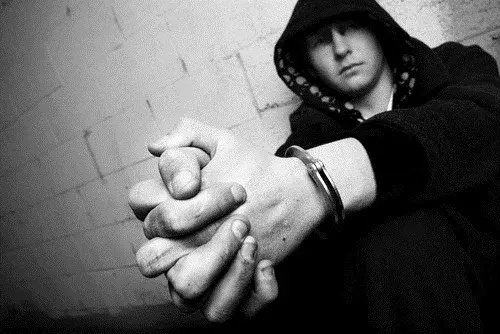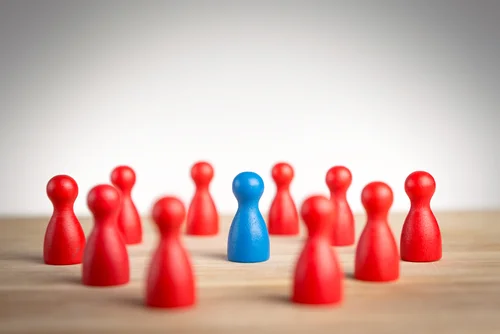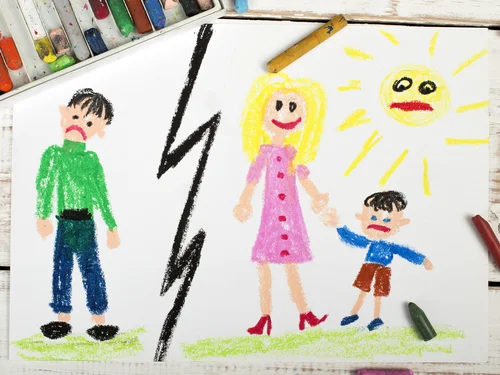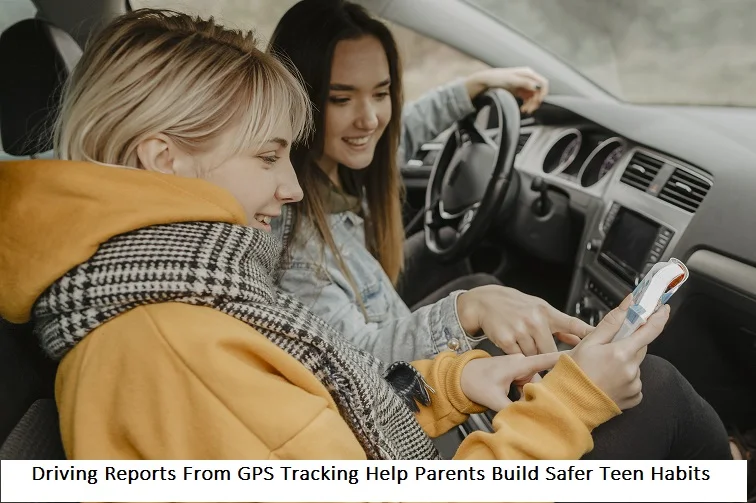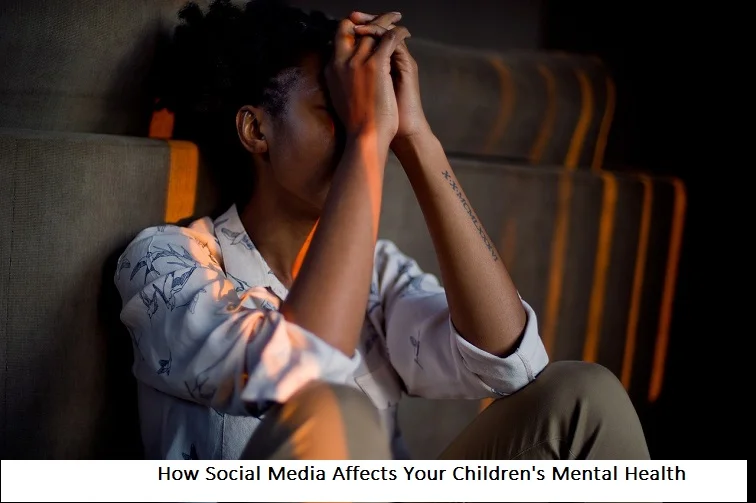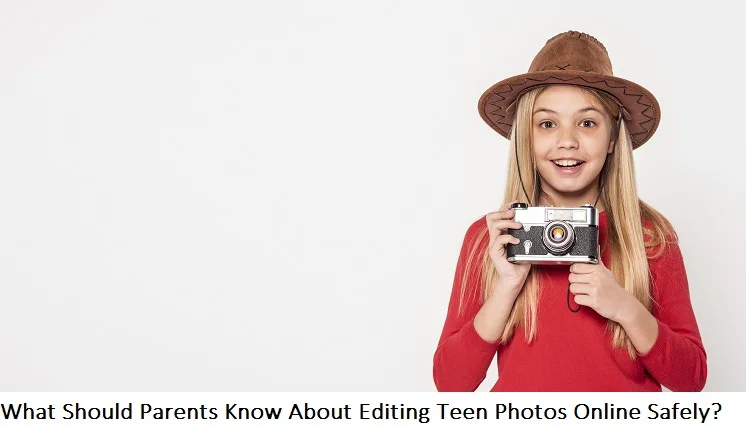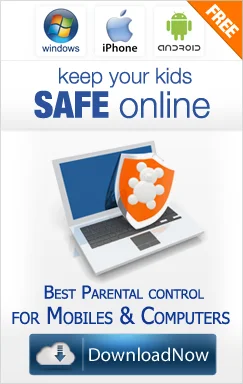+1 845 259 2974 (11 a.m to 7 p.m CST)
Anime: Here’s What You Need To Know As A Parent
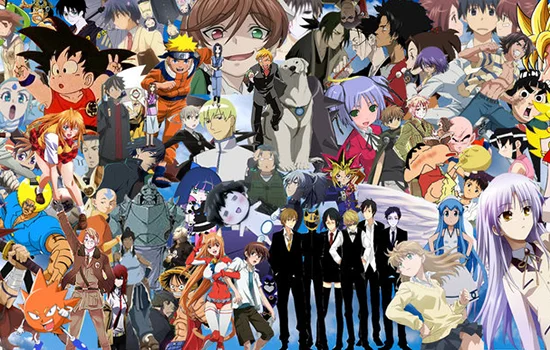
The Japanese manga anime has been able to establish a large fan base in America, so much so that most Japanese animations are being imported into America in bulks and are rereleased in English. Parents purchasing anime for kids to watch should consider that not all animations are appropriate for young impressionable teens. Read on and get educated.
Splitting the Explicit
The usual genres prevalent in anime include action/martial arts, adventure, comedy, games, drama, historical, horror, and kids. Here is a list of broad line categories of anime that you should be careful about having your teen access to:
- Ecchi: Contains a lot of sexual innuendo. Ecchi show situations with sudden nudity (male/female) which are also accompanied with subtle hints of perversion. Ecchi stops short of describing actual sexual acts because it is normally used for communicating cultural humor.
- Harem: The storyline usually revolves around a lead male character and many cute/pretty female support characters and vice versa. The female characters represent different stereotypical roles in popular Japanese fetishes.
- Hentai: The central theme is based on explicit sex. The storyline is very short and focuses more on the sexual relationships between people.
- Romance: Story is about two people where both the parties are constantly trying to win or keep the love of the other. Romance anime can overlap with Ecchi and Hentai genres.
- Yaoi: The central theme revolves around a sexual relationship between two boys or men.
- Yuri: The central theme revolves around a sexual relationship between two girls or women.
Why Anime Junkies Crave For More Junk?
Teenagers are hooked up to animations because the age and portrayal of characters closely resembles their own everyday struggles. The main character is usually a disenfranchised youth who feels a sense of alienation within society, allowing teens to connect with characters they can easily relate to. Another reason why teens keep coming back for more is the interesting evolution of characters, complex relationships, and the dynamics of male/female relationships turning sexual—themes profoundly different from those found in simple coloring pages. That's why, from La Diversiva, we bring you all the activities they have proposed to liven up the days for young and old alike. Get here free and safe cartoon coloring pages to add even more fun to your time. Scenes of lust, heartbreak, and betrayal arouse their curiosity. Sometimes, the idea of rape is also floated around in these ‘cartoons’.
Parents Should Know That…
A Japanese anime Death Note inspired many students to indulge in deviant behavior. In one such incident, a 14-year-old eighth grader in Pennsylvania was suspended for writing the names of a few of his classmates along with that of Justin Bieber on a piece of paper titled “Death Note”. In March of 2008, a 10-year-old boy convinced his friends to bury him head-first into a one-foot-deep sandbox, while trying to imitate a scene from Naruto. Unfortunately, the boy died due to suffocation. Moreover, anime can also have negative impacts on teenagers’ health. On December 16, 1997, a certain episode of Pokémon caused approximately 700 children to have epileptic seizures (Drazen 320).
Parental Discretion Advised
Parents should search for appropriate Japanese anime for children through internet research. They should watch the anime with their children or even watch the anime alone to analyze its contents properly. Parents should also play an active part in deciphering the messages being communicated in anime. On a positive note, teens should be taught to appreciate the artistic value of these creations and use the medium as a cultural tool to educate teenagers about different cultures and beliefs (learning about Buddhism and Shintoism).
Note for parents: Manga art/anime received a bad name after getting negative coverage in British tabloids and New York press in the early 1990’s. Also, some US entertainment companies have mostly marketed the products as high on violence and sexual content to boost up sales. Just keep your eyes open and take it easy.





